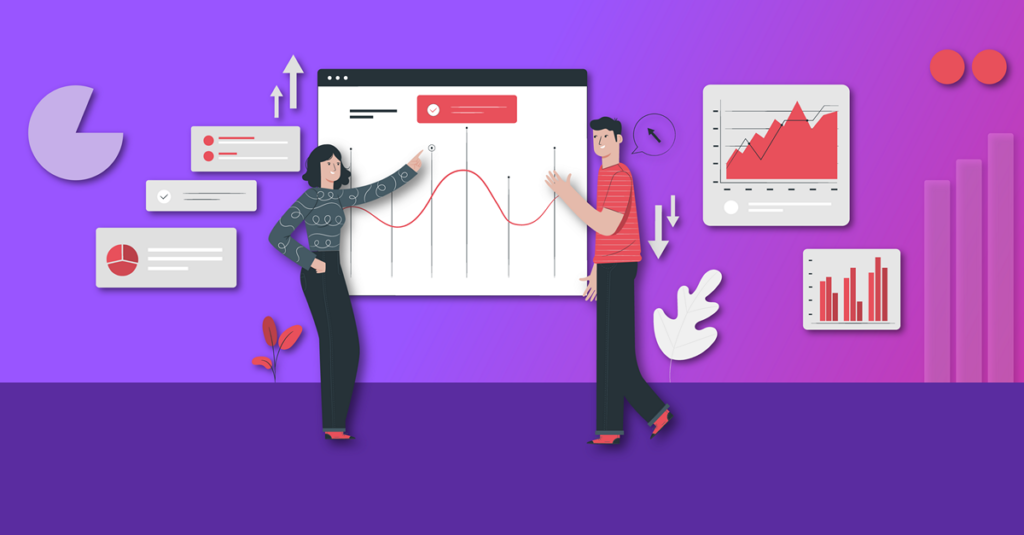Customer Data and CDP Martech: What Does a Unified View of the Customer Really Mean?
April 9, 2020Every marketer wants to know their customers – from online and offline and across multiple social channels and devices. But what does a “unified view” of your customers really look like?
We know consumers demand personalization, and their expectations continue to rise. Meaningful customer personalization requires data. And that data must be complete and up to date to be any good.
So how do you know when you are seeing the whole picture and not pieces of each customer? A unified customer view will uncover opportunities that used to be missed while also building deeper brand loyalty and increasing purchases and revenue.
Here’s what we believe a true unified view looks like – and how you can get there with your customer data platform.
Customer Data and the Unified View
There are already parts of the customer journey that marketers can see with great clarity: We can track social media traffic to a blog or product page, we can retarget ads to those who have visited the website, and more. Creating a complete, unified view is about filling in the gaps; it’s bringing together data from across the organization, sanitizing, consolidating, and making it useful.
Finding Customer Clones
What do these five people have in common?
- The person who read your blog
- The person who browsed your product pages
- The person who visited your brick-and-mortar location
- The person who chatted with your chatbot
- The person who made a purchase online
In many organizations, these five people appear in different databases in different departments. Marketers might only concern themselves with the first two. The sales department may only be aware of the middle two. Customer service might only know about the last guy.
When you start consolidating data, including offline and siloed data, you can see the truth: these five people are all the same person. Each point of contact was a stop in the customer journey.
But that’s still not the whole view. Let’s add in three more people:
- The person who purchases
- The person who subscribes to your blog
- The person who calls customer service with a question
It’s easy to imagine how much more persuasive, relevant, and robust your contact with this customer could be. Your next email drip could include helpful tips for the product they called customer service about. It could suggest accessories for their purchase and fresh content that’s relevant to their interests.
Making Marketing Smarter
Using this data wisely can give your marketing some memory. Think of it this way: You know that feeling when you run into acquaintances and they blank on your name? And you have to say, “It’s Grace… we went to the same middle school… I drove you home after Amber’s birthday party… we have worked in the same building for three years…” And eventually they pretend to remember?
That experience doesn’t make you feel special or valued. But that’s often how marketing treats consumers. We send an email that says, “Hello, VALUED CUSTOMER, would you like some SHOES? Here’s an article on BUYING SHOES.” And they’re thinking, “It’s me, Grace… I bought a pair of shoes last week.”
How much better would it be if your next email said, “Hi, Grace, I hope those new stilettos are working out for you! Here’s an article on how to rainproof the velvet, and a link to a handbag that matches perfectly.”
Instead of an awkward blank stare and a sales pitch, now you’re being helpful, and maybe even initiating a conversation or deepening the relationship.
Upgrading Relationships
Consolidating marketing, customer service, and sales data makes it easier to solve problems, inspire loyalty, and drive referrals and repeat business. A complete view of customer data levels up relationships at every stage of the journey:
- A casual browser nurtured with hyper-relevant content becomes a repeat visitor.
- A repeat visitor nurtured with smart retargeting and contextual offline reinforcement becomes a customer.
- A customer who receives personalized follow-up becomes a repeat customer.
- A repeat customer with continued smart nurturing becomes a raving fan.
A Single ‘Golden Profile’ for Every Customer
It starts with seeing the customer as a single, complete, multifaceted person, not a series of unrelated brand contacts. That means not just pulling data from multiple sources, but also combining, sanitizing, and consolidating that data, intelligently using it to fill in your blind spots, so that you arrive at a single “golden profile” of each and every customer. Each profile can then be updated with each purchase, phone call, loyalty program awards, mobile app data, and more.
Outstanding data management is the foundation of a truly unified customer view, and enterprise Customer Data Platforms (CDPs) are designed to help businesses unify, analyze, and activate all of their data.
Want to see what unified customer data looks like in action? Learn how retailer Muji used customer data and an online app to increase in-store revenue by 46 percent.


